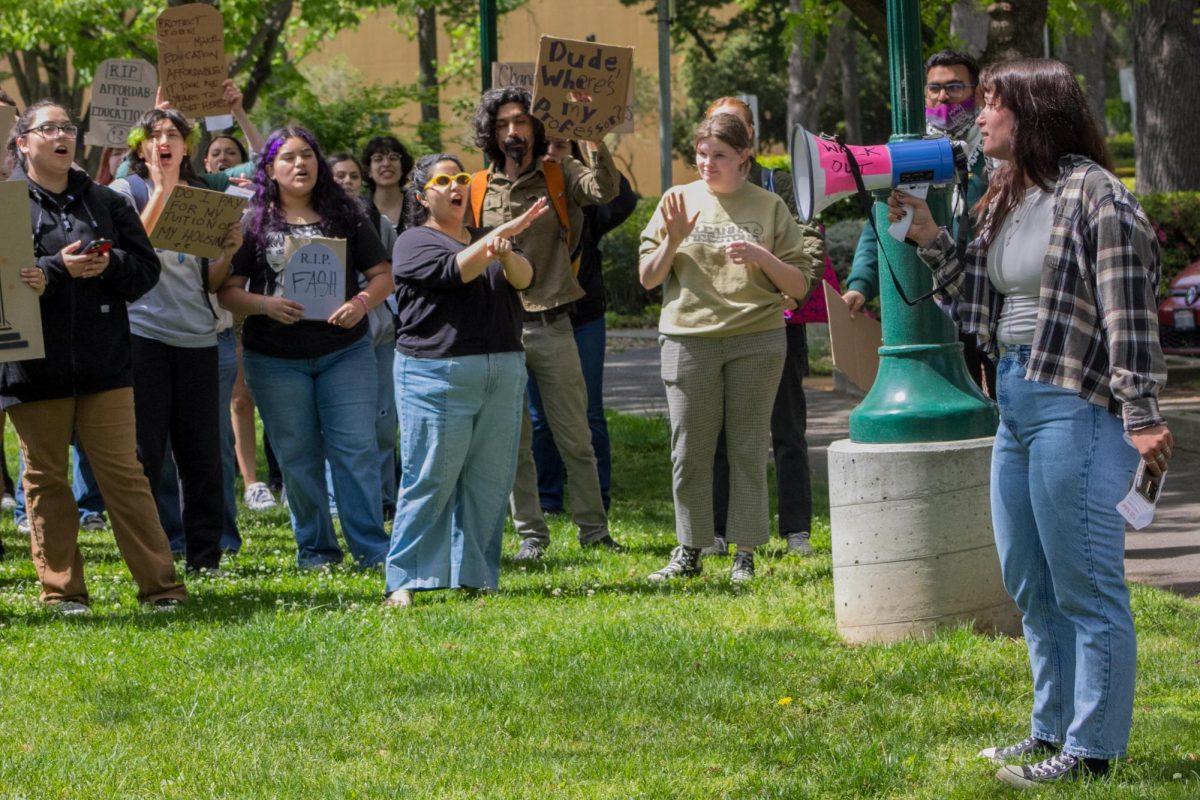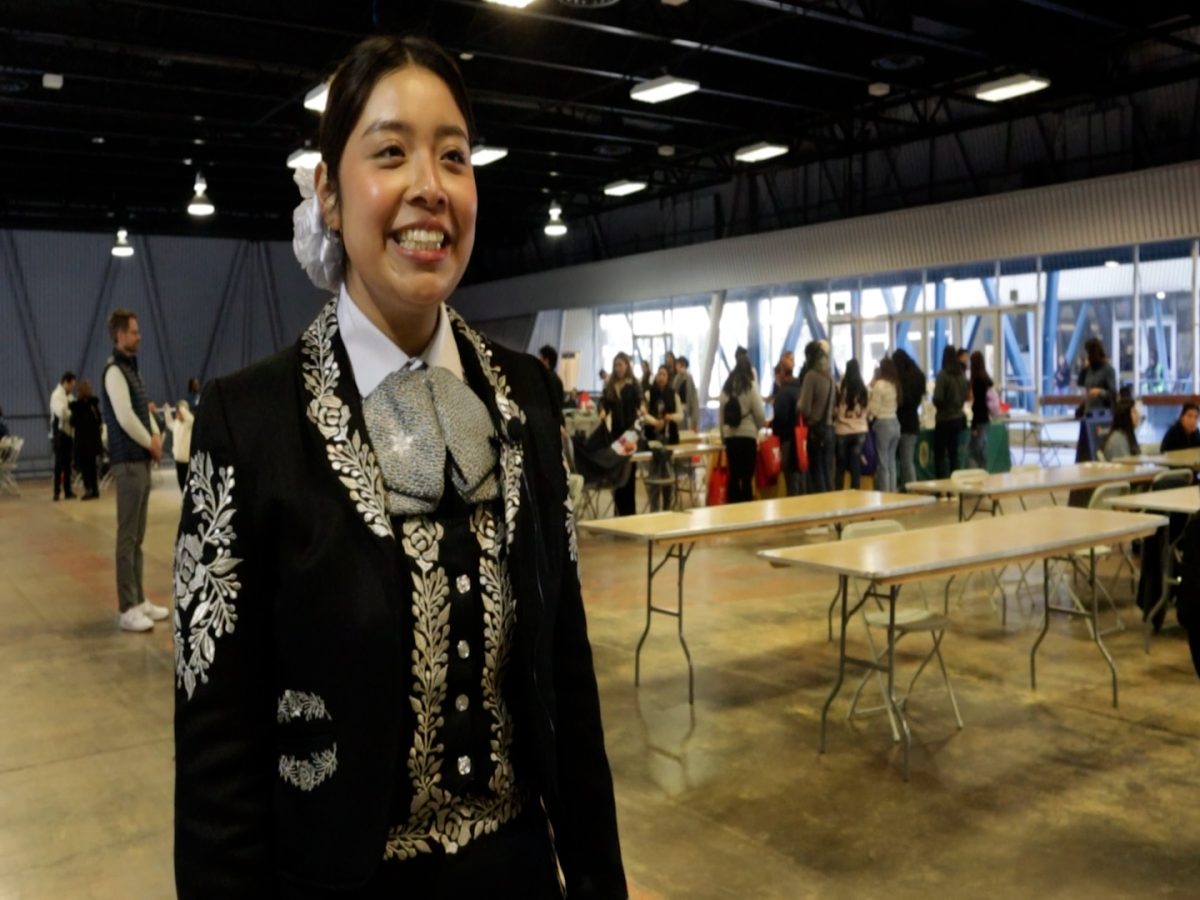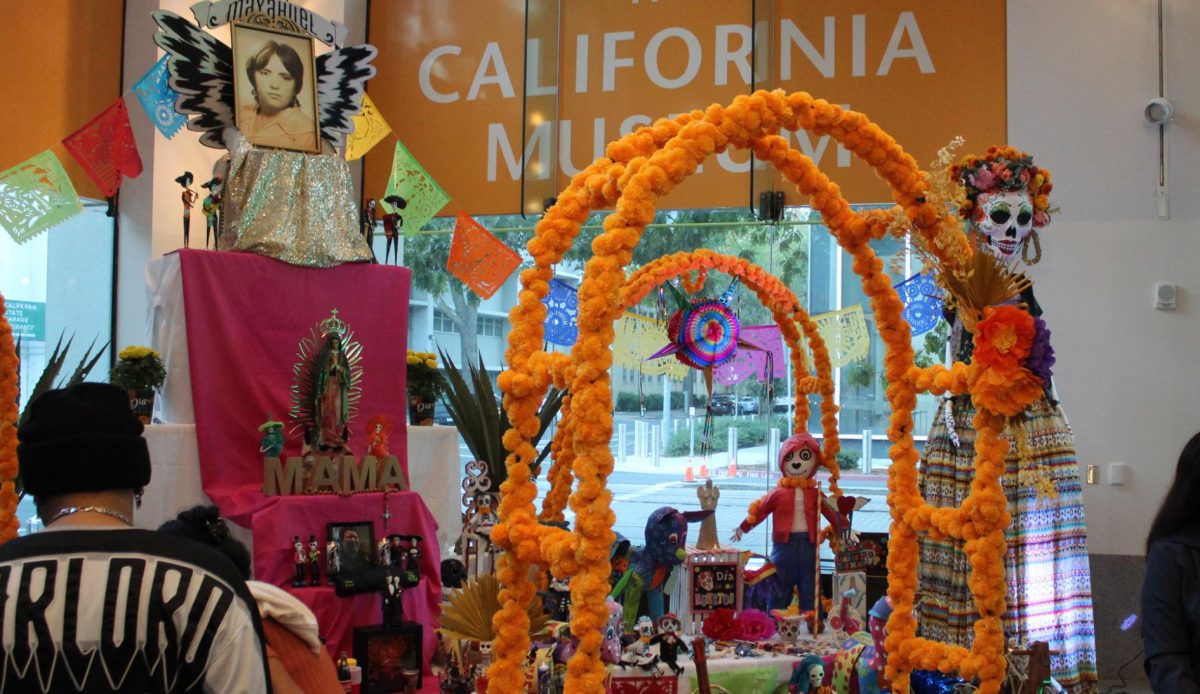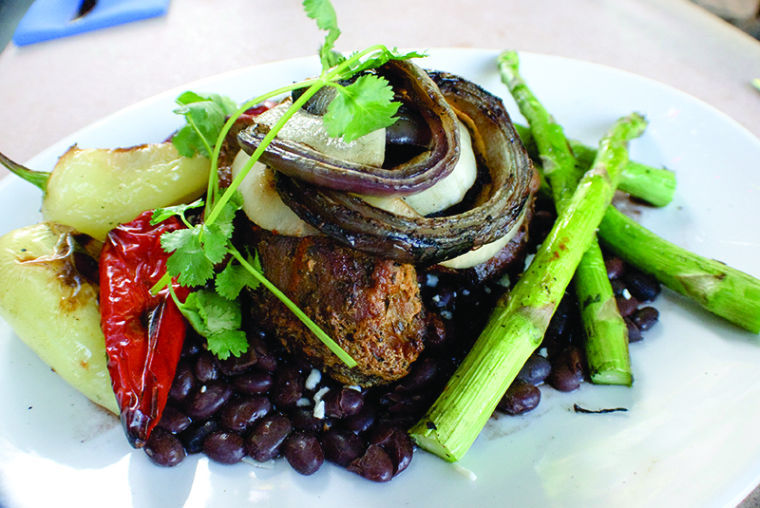Farm-to-Fork plows its way into Sac culture
Centro’s “Asada De Puerco,” features organic pork from Homestead Natural meats and locally-grown vegetables from Produce Express.
April 16, 2014
Whether it be at a restaurant, coffee shop or fast-food joint, when ordering something that seems appetizing, the question of where it came from rarely comes to mind.
An assortment of Sacramento food businesses have teamed up with surrounding farms and ranches to provide seasonal food to customers’ dining experience, better known as the national farm-to-fork movement. In 2012, Mayor Kevin Johnson recognized the city as the farm-to-fork capital.
“Sacramento is uniquely situated in the urban area to be able to do the farm-to-fork on a regular basis,” said Lynn Hanna, a Sacramento State nutrition professor who has been involved in the farm-to-fork movement for a couple of decades. Hanna has introduced the concept in her classrooms since teaching at Sac State during the past five years.
Sacramento has the largest “Certified Farmers’ Market” in California, providing a diversity in produce. These locally owned restaurants make use of the abundance of regional products to develop a farm-to-fork quality that does not compare to any other city.
“The movement brings awareness to the idea of where our food comes from, who’s producing it, who’s eating it, who doesn’t have access to it and the health implications based on the current types of food we have available to us,” Hanna said.
Centro Cocina Mexicana, a Paragary space at J and 28th Streets, lists as a farm-to-fork supporter and proudly incorporates fresh, local meat and vegetables in its flavorful Mexican menu.
Centro’s pork dish, Asada de Puerco, is made with natural homestead pork and asparagus purchased from downtown Sacramento’s Produce Express, said restaurant manager Joel York.
“Farm-to-fork is not a new concept,” Hanna said.
Farmers and local restaurants, the Paragary group and Selland’s, have been participating in the farm-to-fork before it was prevalent.
“A lot more businesses are jumping on the bandwagon because there’s more demand among the consumers to have foods prepared for them in restaurants that are using those locally grown products,” Hanna said.
Local freshwater fish, like white sturgeon and catfish, from the family-owned farm Passmore Ranch in Sloughhouse is delivered directly to chefs at Kru, Ettore’s and Red Rabbit, to name a few.
At Paragary’s Cafe Bernardo on Fair Oaks Boulevard and Howe Avenue, strawberries, asparagus and English peas that are currently in season are integrated in the menu, said Jamie Marcus, assistant manager at Cafe Bernardo.
The fettuccine dish at Cafe Bernardo is prepared with English peas, Applewood smoked bacon, leeks, lemon, cream, breadcrumbs. Its Delta asparagus and bacon pizza has spring onion, garlic and goat cheese.
“The menus rotate every season,” Hanna said. “Right now you would see leafy greens, beets, fennels; anything (you) would currently see at a farmer’s market.”
Not every item on a farm-to-fork menu is grown or raised around the capital region, but more demand among consumers keeps farm-to-fork a permanent, ongoing fad.
Elizabeth DeCicco can be reached at [email protected]





























































































































